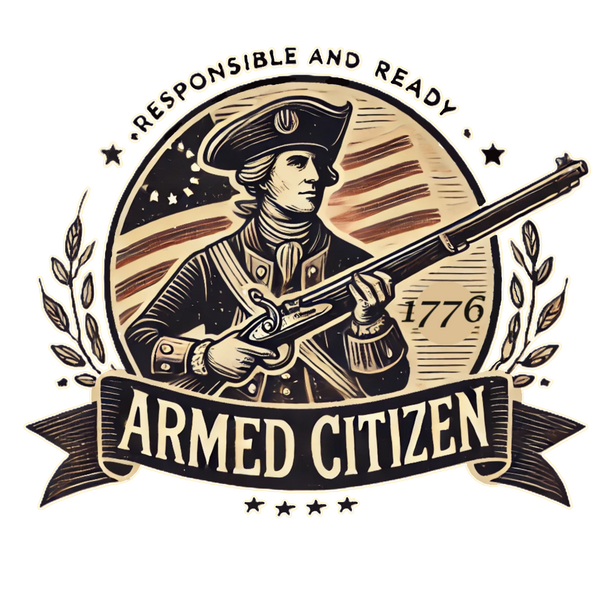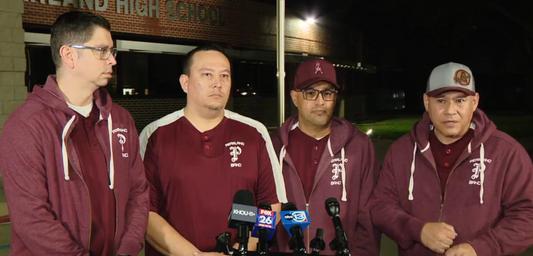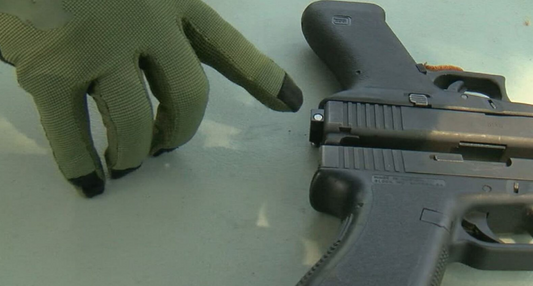
Staying Safe & Responsible: A Military and LEO Veteran’s Guide to Law Enforcement Encounters
Share
By Guest Author: Rich M.– U.S. Army Combat Veteran & Former Law Enforcement Officer
As a police officer, I responded to many calls involving armed individuals, as well as conducted thousands of traffic stops where legal gun owners were exercising their Second Amendment rights. Based on my experience, I’d like to share some key advice for handling encounters with law enforcement in both self-defense situations and routine traffic stops.
If You’re Involved in a Self-Defense Incident
If you’ve used your firearm in self-defense, once the immediate threat is neutralized and it is safe to do so, call 911. When speaking with the dispatcher, provide the following critical details:
- Your name
- Your exact location – Be specific. If you’re at 123 Main Street, clarify if you’re in the front yard, back yard, inside a building, etc.
-
Your physical description – Officers need to know who the good guy is. Provide basic details such as:
- Height and build (tall/short, skinny/muscular, etc.)
- Skin tone (light, dark, etc.)
- Clothing description (“I’m in front of the house wearing a black t-shirt and khaki pants”)
Why is this important?
Responding officers will be experiencing a rush of adrenaline. Providing clear details helps them correctly identify you, reducing the chances of any confusion or unnecessary escalation.

When Officers Arrive
- Disarm yourself before officers exit their vehicles.
- Make your hands visible (ideally in an open, neutral position).
- If possible, stand in a well-lit area so officers can clearly see you.
- Comply immediately with commands – This prevents misunderstandings and ensures everyone's safety.
Once officers arrive, expect to be temporarily detained, possibly handcuffed, until they secure the scene. This is standard procedure to ensure officer safety while they assess the situation.
If You’re Armed During a Traffic Stop
If you are carrying a firearm or have one within arm’s reach during a traffic stop, follow these best practices:
- Lower your windows before the officer approaches.
- Keep both hands on the steering wheel and avoid sudden movements.
- When addressed, calmly inform the officer that you have a firearm in the vehicle and its location.
- Follow their instructions exactly. There is no single "correct" way every officer will handle this situation, so let them guide the interaction.
Why does this matter?
Sudden or furtive movements can put an officer on high alert. Clear, calm communication helps de-escalate any potential tension and ensures the stop goes smoothly.

Final Thoughts
Final Thoughts by Armed Citizen™
The best way to stay safe during any law enforcement encounter is clear communication, visible compliance, and a calm demeanor. Officers have a duty to respond to potential threats quickly, and helping them recognize you as a law-abiding armed citizen makes their job easier—and keeps you safer in the process.
Stay vigilant, stay responsible, and stay ready.
About the Guest Author
Rich M. is a U.S. Army Combat Veteran who served in Baghdad, Iraq and a Veteran Law Enforcement Officer with 7 years of experience protecting and serving in central Florida.



